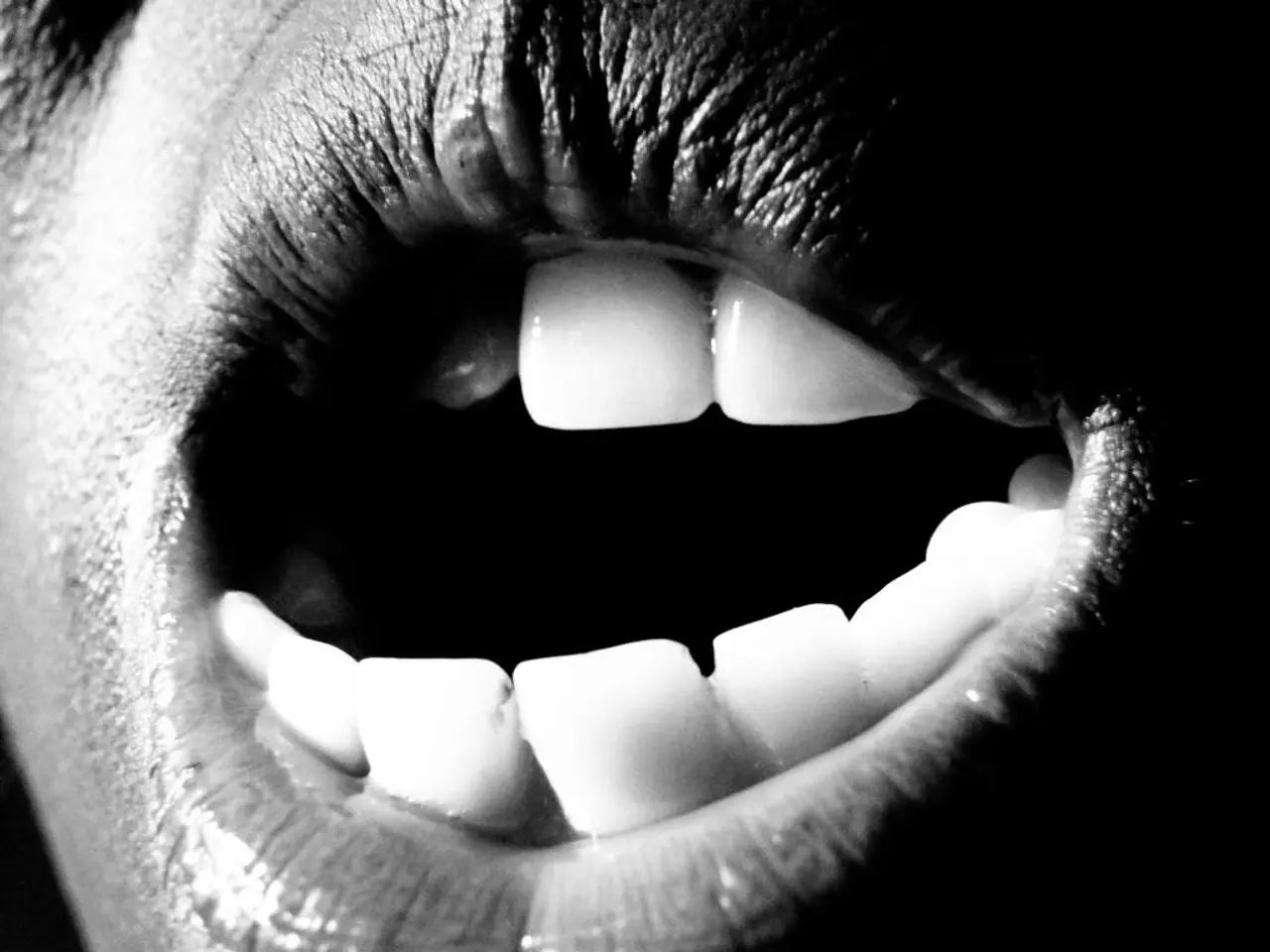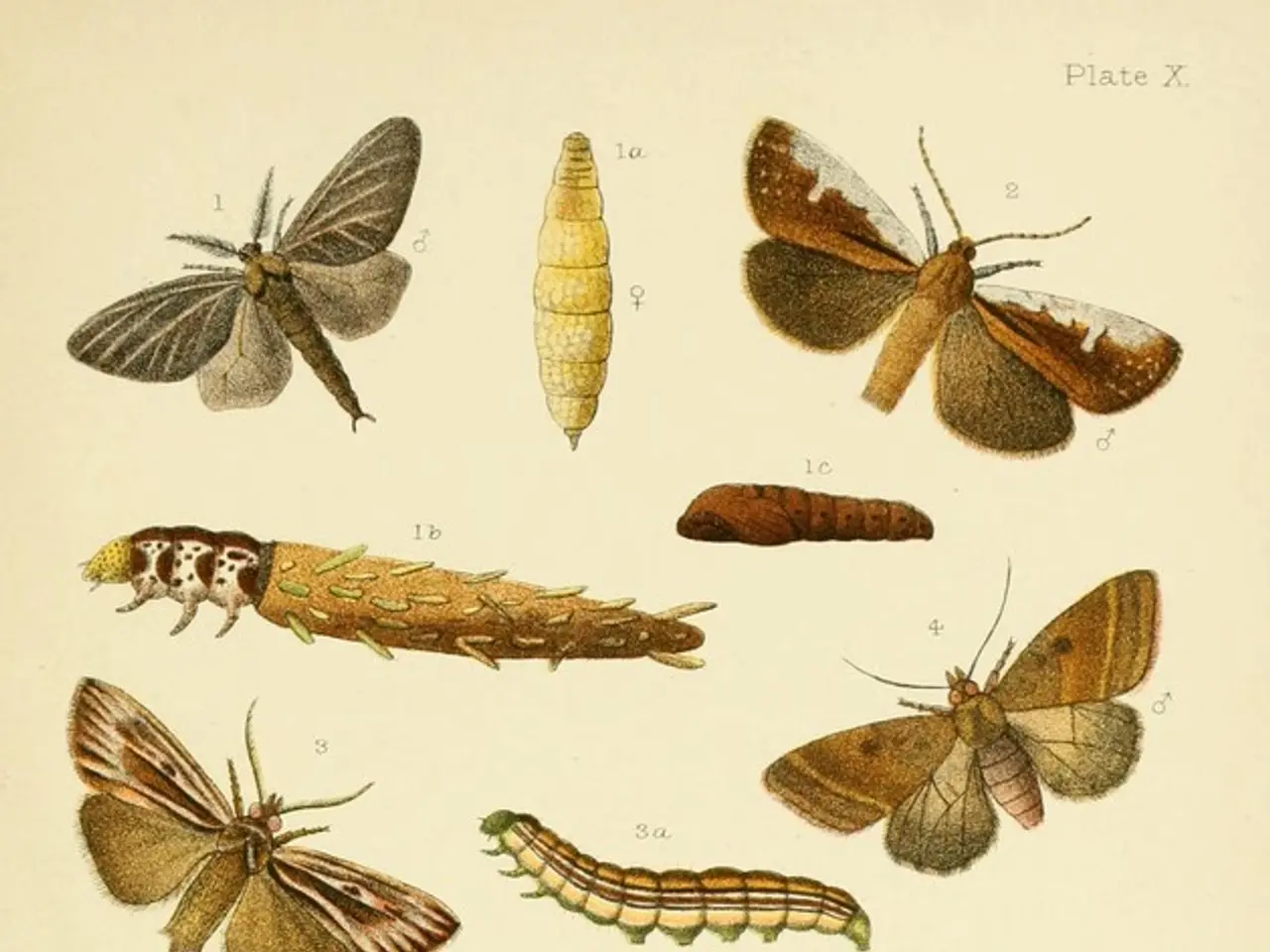Procedure, Preparation, and Recovery of Crown Lengthening: What You Need to Know
Crown lengthening, a dental procedure aimed at addressing excessive gingival display, or a gummy smile, involves the removal and reshaping of gum tissue, and sometimes bone, to expose more of the natural tooth structure. This process can be categorised into two main techniques: esthetic crown lengthening and functional crown lengthening.
Esthetic crown lengthening focuses on improving the appearance of a gummy smile by removing excess gum tissue and, if necessary, underlying bone. The procedure creates a more balanced and attractive gum-to-tooth ratio, enhances smile symmetry, and improves confidence by enhancing smile aesthetics.
On the other hand, functional crown lengthening is performed to improve oral health or to prepare for restorative dental procedures like crowns or veneers. This technique involves removing gum tissue and reshaping bone to expose enough tooth structure above the gumline, ensuring secure placement of restorations and facilitating better cleaning around the tooth.
The common steps in both techniques include the administration of local anaesthesia for comfort, the removal and contouring of excess soft tissue around the target teeth, the possible recontouring of bone if more tooth structure needs exposure, and the suturing of the gum tissue into a new position to maintain the newly shaped gum line.
Each technique offers unique advantages. Esthetic crown lengthening creates a harmonious and proportionate smile by exposing more tooth surface, corrects uneven gum lines, and enhances smile symmetry. Functional crown lengthening, meanwhile, provides adequate tooth structure for secure placement of crowns, veneers, or other restorations, and enhances long-term success of restorative treatments by facilitating improved oral hygiene.
The healing time for crown lengthening can vary depending on the location in the mouth, with healing at the front taking 3-6 months and healing in the back taking 6-12 weeks. A gingivectomy, a type of crown lengthening technique that involves removing gum tissue using a scalpel, laser, or electrocautery, typically has a healing time of 4-6 weeks if only gum tissue is removed.
Before undergoing a crown lengthening procedure, it is essential to have healthy gums and good overall health. Regular tooth brushing, daily flossing, the use of mouthwash, and annual dental check-ups are recommended. Chlorhexidine mouthwash may be prescribed for use after the surgery.
During the procedure, a periodontist may perform a surgical extrusion when a tooth is fractured beneath the gum, moving the tooth to the desired location on the gumline. Crown lengthening procedures can also be used to address cosmetic concerns, expose cavities beneath the gumline, expose fractured areas of teeth, or expose more tooth structure before they can fit a device such as a bridge.
After the procedure, minor swelling and bleeding can be expected for the first few days, and a cold compress may be recommended to help with pain and swelling. A soft diet and rinsing the mouth with water after meals are also recommended during recovery.
In conclusion, crown lengthening procedures offer significant benefits, including improved aesthetics, better oral health and hygiene, and facilitation of restorative dentistry. The choice of technique depends on whether the goal is to enhance smile appearance or to prepare teeth for restorations, each with its respective advantages.
Oral health can benefit from functional crown lengthening, as it exposes enough tooth structure above the gumline to secure placement of restorations like crowns or veneers, and facilitates better cleaning around the tooth, thereby enhancing long-term success of restorative treatments.
Science and health-and-wellness are closely tied to the advancements made in crown lengthening procedures, as these techniques have evolved to not only improve the aesthetic appeal of smiles but also address underlying oral health issues, such as gum disease, and prepare teeth for restorative dentistry.




